Electric bikes (e-bikes) are skyrocketing in popularity, appealing to commuters, adventure riders, and health-conscious cyclists alike. With so many riders hitting the road, how to transport e-bike safely has become a hot topic. Transporting an e-bike poses unique challenges because it is much heavier than a traditional bike. This article will introduce the common methods for safe e-bike travel.
Why it is hard to transport ebike
Weight and Size: Unlike a standard bike, an e-bike’s motor and battery add substantial weight.That extra heft means lifts and carriers must be stronger, and you may need help loading the bike.
Battery Safety: All lithium batteries can overheat and even catch fire in extreme cases of damage, overcharging, or short circuits.While accidents are rare, it’s wise to handle the battery gently during loading. Pack it securely (better to carry it indoors if possible) and protect it from impacts.
Vehicle Compatibility: Not every vehicle can handle an e-bike. SUVs and vans can often carry bikes inside; trucks may need racks or bed solutions. Sports cars and small sedans might struggle with roof racks or trunk carriers.
Damage Risks: Without proper protection, components can get scratched or bent. For instance, if cables or displays rub against a roof or rack, damage could occur. On a rack, you should pad the frame and derailleurs.
How to transport your ebike
Roof Racks
Mounting your e-bike on the roof of your vehicle frees up trunk space and keeps the rear tidy. You can use a fork-mounted or upright roof rack on any car with crossbars or rails. If you use a roof rack, always remove all removable parts (front wheel, battery) first to make the bike lighter. However, the general weight capacity of the roof is not necessarily supports the weight of the e-bike.
Hitch-Mounted Racks
Hitch or receiver-mounted racks are highly recommended for e-bikes. They attach to your vehicle’s tow hitch, keeping bikes lower to the ground for easier loading. Platform-style hitch racks (with trays) are especially suitable: you wheel the bike onto a tray and secure it, requiring minimal lifting. Always use all straps and safety attachments. Ratchet straps or wheel ties should be tight with no slack.
Pickup Truck Beds
If you have a pickup truck, hauling an e-bike in the bed is straightforward. Use tie-down straps, wheel chocks, or fork mounts to stabilize it. Tuck the bike against the cab or use block cradles; two good straps (front and rear) are a must. Cover the bike with a tarp if rain is forecast.

Different types of vehicles require different loading methods, each with its own advantages and disadvantages. However, the hitch rack method is generally more common and less restrictive. Selecting the right transportation method for your specific vehicle is essential. It’s also important to always consider compatibility and load capacity to ensure safe and efficient transport.
How to prepare before transport the bike
Remove the Battery: Always take off the battery when possible. This significantly lightens the bike for handling and eliminates the risk of a loose battery.Pack the battery in the vehicle’s interior (never in a hot, locked car for long periods).
Adjust Tire Pressure: Over long drives, especially in heat, inflated tires can expand or even burst. Slightly deflate the tires (dropping a few PSI) to prevent stress. This also protects rims from shocks and makes the bike easier to roll into place. Once at your destination, re-inflate to the normal riding pressure.
Protect Delicate Parts: Use padding or towels around sensitive areas. For example, wrap the handlebars, shifter lever, and derailleur in foam or a towel to keep them from banging into the rack or another bike. Some riders also use foam pipe insulation on the top tube or secure a cloth between frames.
Secure with Straps: Whether on a rack or in a vehicle, firmly strap the bike so it cannot move. Use the built-in straps on the rack for wheels and frame. Tug gently on the bike to ensure no slack. For extra security, use a secondary tie-down or bungee cord.
Lock the Bike on the Rack: After strapping, always lock the bike to the rack frame. Many hitch racks (like the Cyrusher foldable rack) come with integrated locks for both the bike and the receiver. Use a U-lock or cable lock through the frame/ wheel attached to the rack’s locked coupler. This prevents theft during stops.
Cover from Weather: If rain or road spray is expected, fit a bike cover over the entire bike or at least sensitive parts. This shields it from water, dust, and stone chips during electric bike hauling. Covering the battery terminal area is especially important to prevent shorting if water splashes there.
Safety Tips for transport bikes
Inspect Racks and Mounts: Before every trip, check your rack and hitch for loose bolts or cracks. Ensure the hitch pin or coupling is locked and torqued per instructions. Look for rust or wear. Before departure, double-check that the bike is seated properly (for fork mounts, make sure the axle is secured; for wheel trays, that the wheel is chocked).
Follow Weight Limits: Each rack and vehicle has a weight capacity. Exceeding it can cause failure or sway. For example, if you have a 75-lb eMTB, use a heavy-duty hitch rated for that per-bike load. For extra-heavy e-bikes, consider premium racks or distribute battery weight separately.
Lock Your E-Bike and Gear: Whenever you step away from the vehicle (even for a quick break), lock up the bike. Use a sturdy U-lock on the frame, a cable through the wheels, and secure the rack’s hitch lock. Remove any easily stolen accessories (lights, pumps).
Secure Loose Items: Some ebikes have removable parts (lights, displays, panniers). Take them inside or lock them. Wires and cables that hang loose should be taped up to prevent flapping.
Check Local Regulations: Laws vary by state/country. In the U.S., if the bike or rack obscures the license plate or taillights, you may need an auxiliary light board or plate. Some places forbid oversized loads beyond the bumper. Carry reflective flags if the bike extends past the vehicle, and obey length/width limits. Use a mirror to ensure clear rearward visibility.
Drive Carefully: Avoid sudden stops or sharp turns that can jar the bike. Check the bike periodically on long trips (every couple hours) in case straps loosen or chains shift. If you hear unusual noises, stop and inspect immediately.
Battery Transport:
Always transport the battery securely to prevent damage. Do not leave a charged e-bike battery in a hot, enclosed car (combustion risk under heat). Many riders store the battery in an air-conditioned part of the vehicle on hot days.
Product Recommendations
Cyrusher Foldable Rack: The Cyrusher foldable bike rack is a heavy-duty hitch rack designed for e-bikes. It carries 2 bikes up to 60 kg total (132 lb) – about 66 lb per bike, meeting the needs of most e-MTB riders.

Important features include a tilt-away design (for rear access), included locks for both the receiver and the bikes, and wheel trays that accommodate 29″ wheels and 4″ tires.
For riders seeking the best hitch rack for a 75 lb e-bike, look for similar max-weight specs or consider removing the battery to reduce load.
Protective Covers: Invest in covers to shield your bike during long hauls. Options include a full bike bag, car-mounted covers, or padded blankets. For racks, specialized hitch-bike covers wrap the rear of the car and the bikes, reducing dirt spray. For an open truck bed or roof, consider a weatherproof bike cover. Even a $20 tarp tied on well is better than none.
Van Mounts and Racks: If you use a van, look into rail systems or wall-mounts. For example, tracks on the van floor allow you to slide in fork mounts or wheel chocks. In small campers, a J-hook from the ceiling and a wheel skewer mount on the wall can hold a bike vertically.
Straps and Locks: Buy high-quality ratchet straps or cam straps (4,000+ lb rating) to secure bikes. Anti-sway cradles (rubberized bars) help prevent bikes from bouncing on hitch racks. Carry a good U-lock and cable lock bundle.
Troubleshooting
Bike Shifts on Rack: If you feel the bike swaying or see it move, pull over immediately. Stop the vehicle and retighten all straps and bolts. Ensure the front wheel clamp (or fork mount) is fully locked. If one bike tilts, re-center it and redistribute weight. For multi-bike racks, load the heaviest bike on the bottom tray (if possible).
Minor Damage Control: Small scratches or dings happen. Keep some touch-up paint or frame-protective tape handy. After a trip, inspect the frame and clean off any road grime to spot issues early.
Battery/Electrical Issues: If the battery won’t power on after rough travel, check connectors and cables (a bump might have loosened a plug). Store a roll of electrical tape to secure any loose wires. If a battery is accidentally shorted or damaged, do not use it again.
Straps Breaking: Keep spare straps and tie-downs. A worn strap can fail, so inspect webbing before use. A cheap strap snapping at speed can throw the bike, so consider upgrading to metal ratchet straps for heavy e-bikes.
Loose Rack: If you notice the rack moving on the hitch, the hitch pin or threaded tightening knob may need adjustment. Stop and re-seat the rack.
Conclusion
Transporting your e-bike safely comes down to planning and using the right equipment. Whether you’re towing two electric bikes to the trails, the tips above will help ensure safe e-bike travel. By taking precautions and double-checking each step, you’ll protect your expensive gear and enjoy peace of mind on the road.

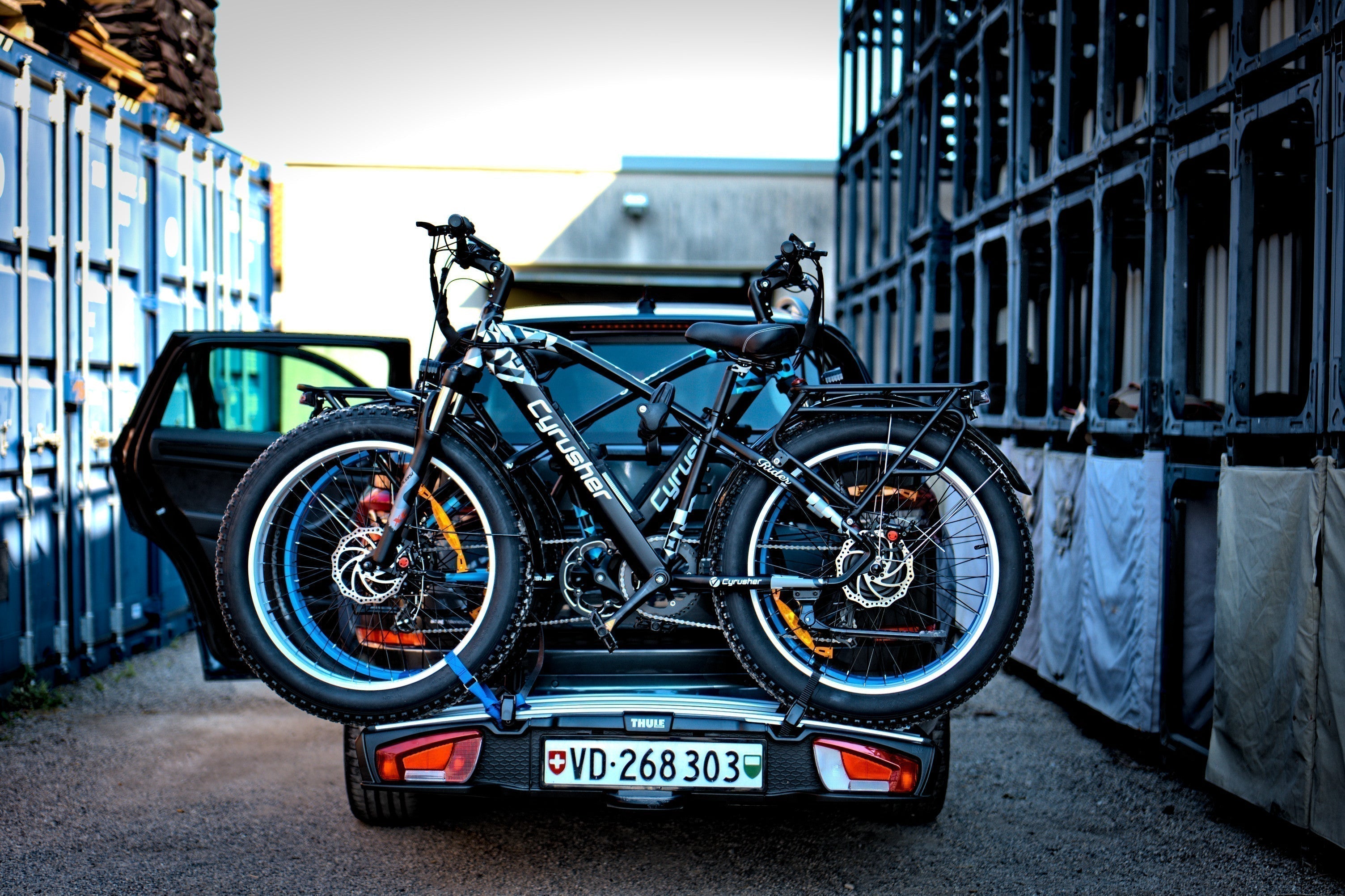
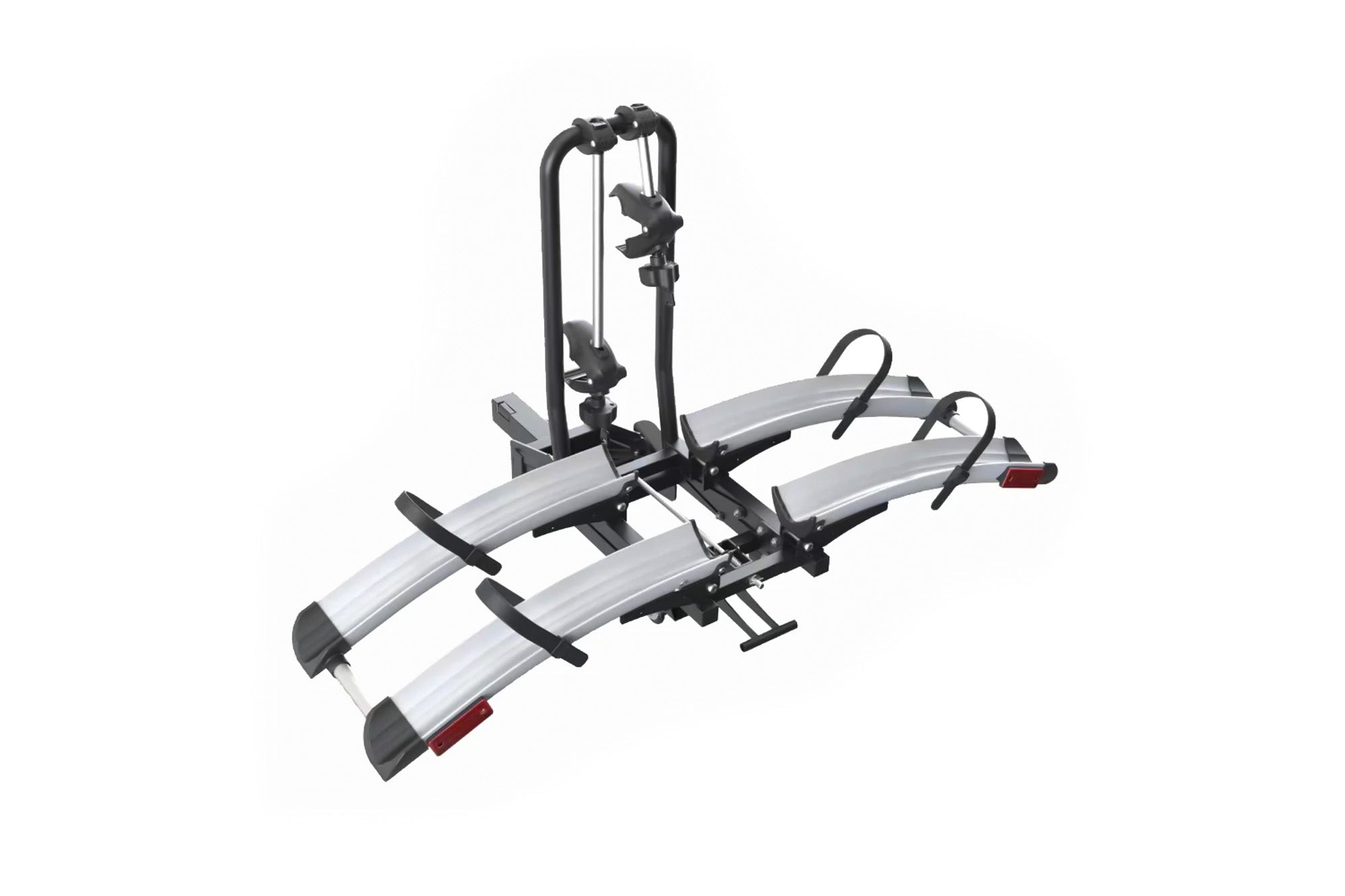
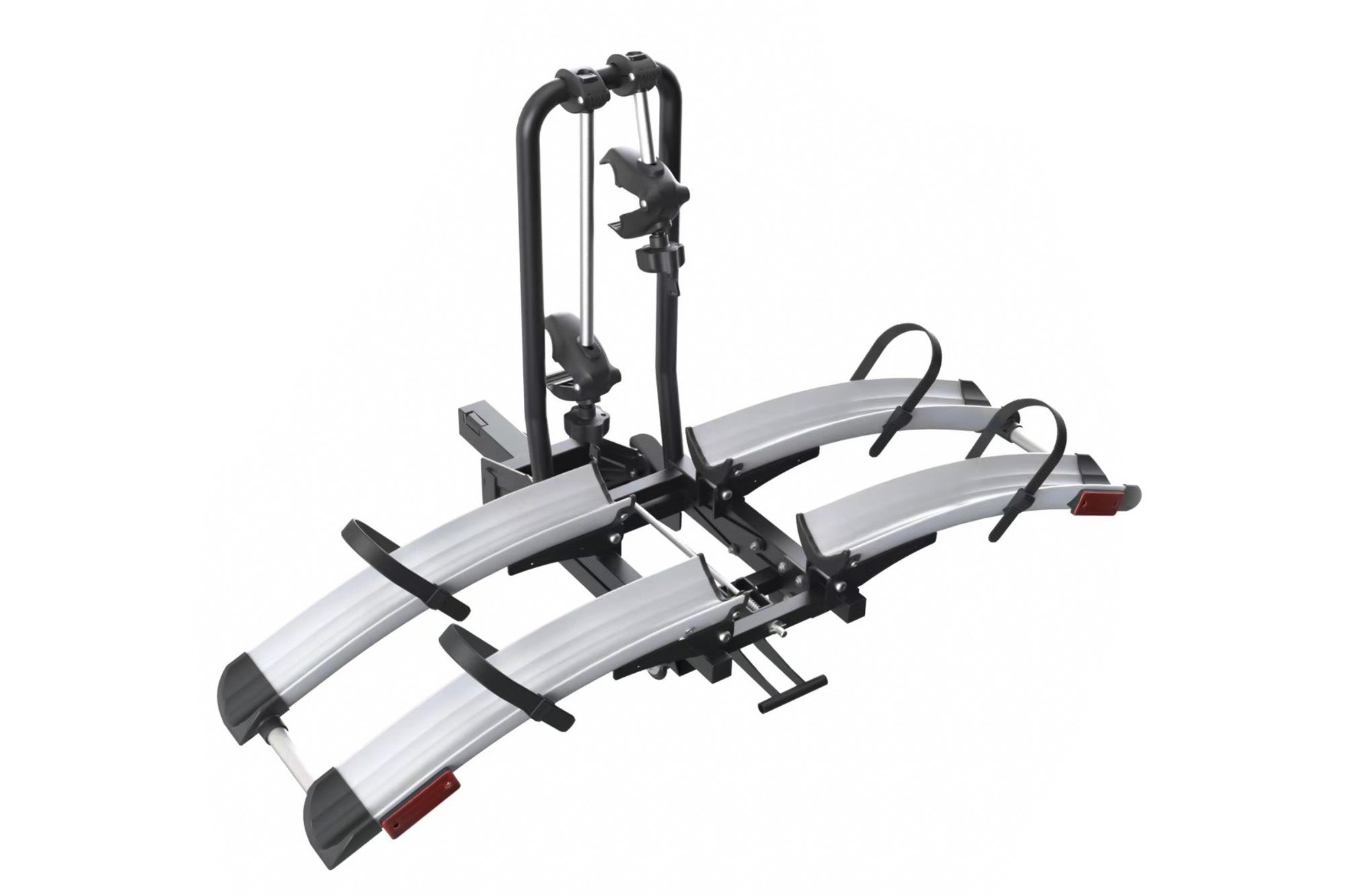
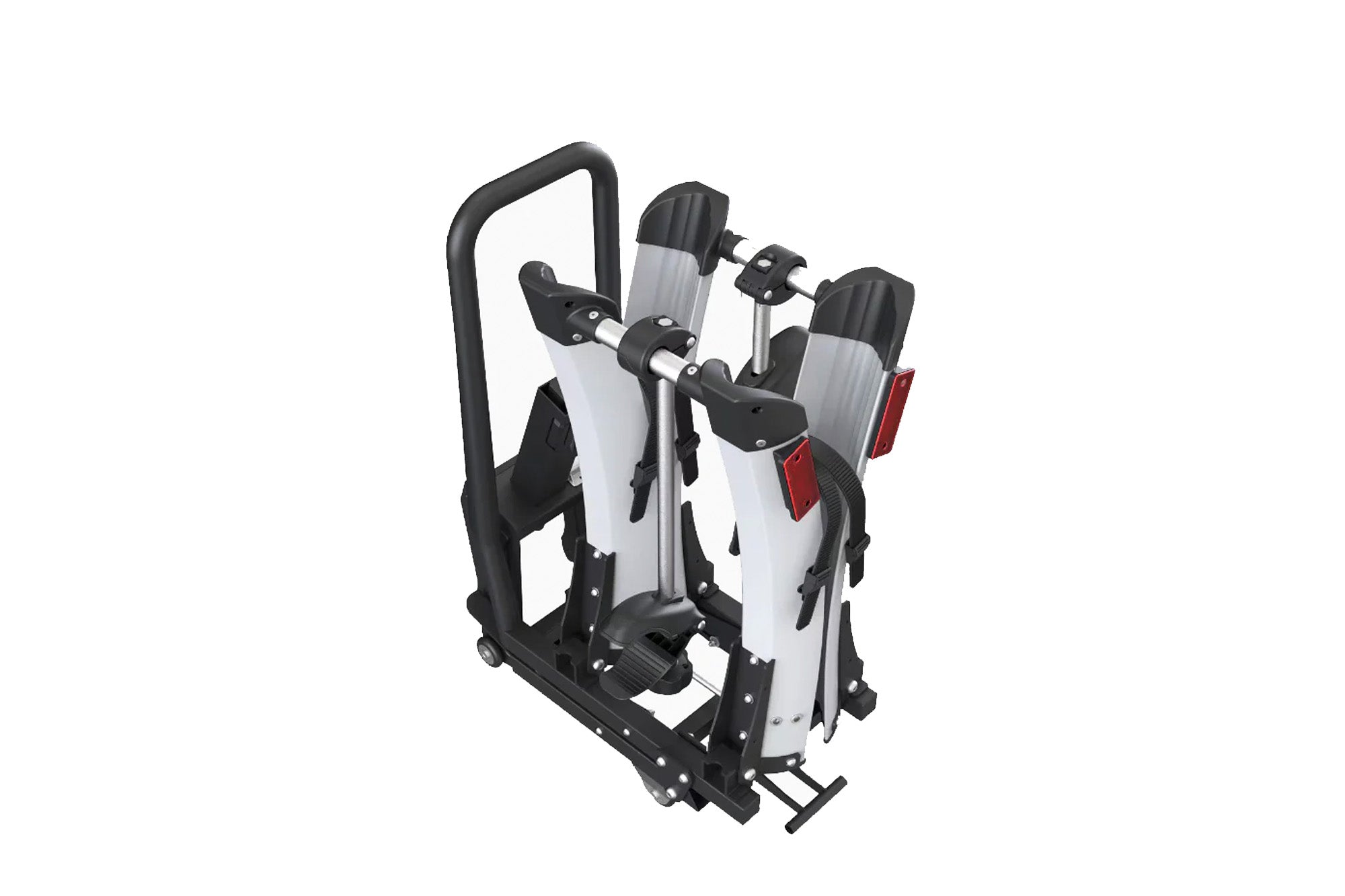
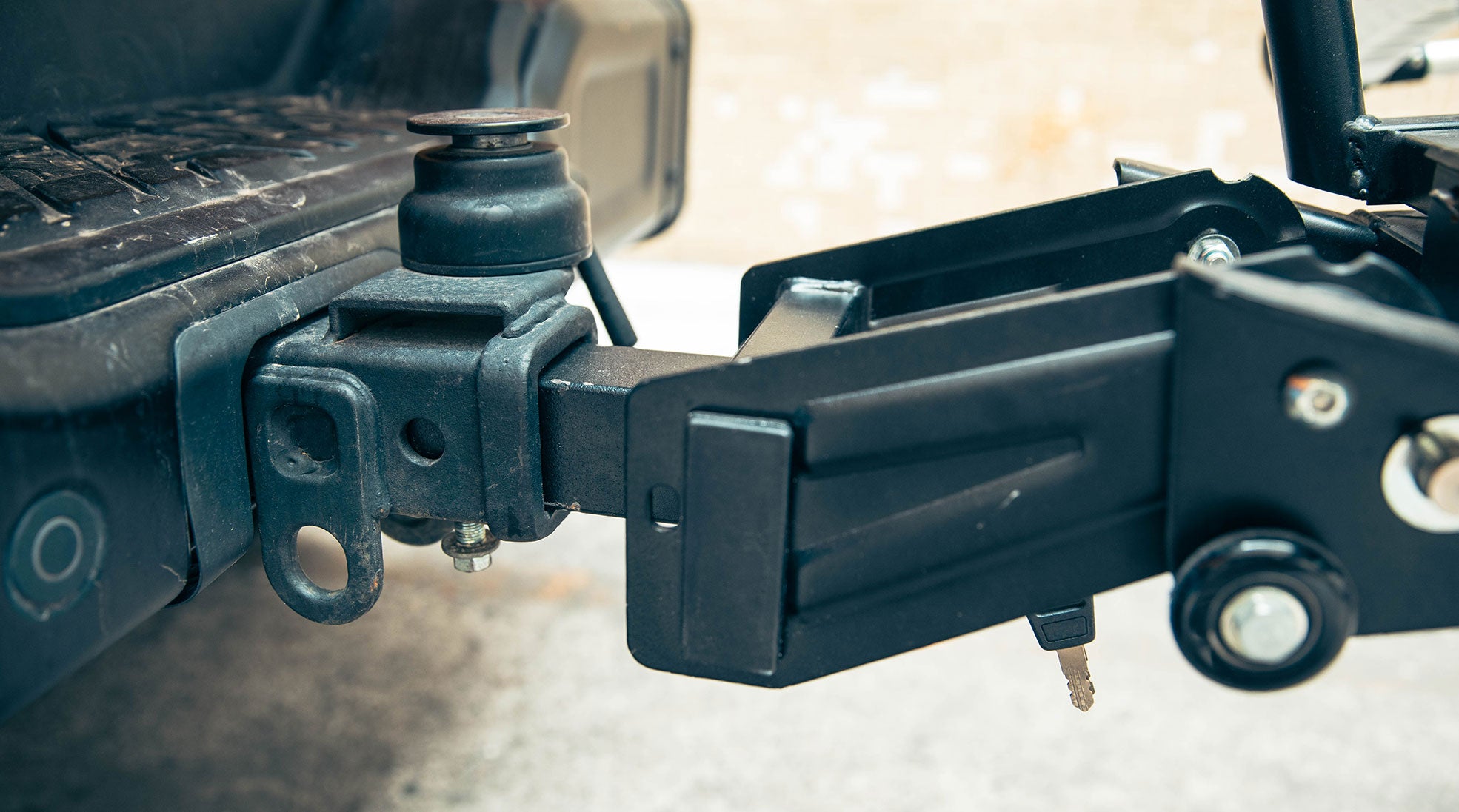

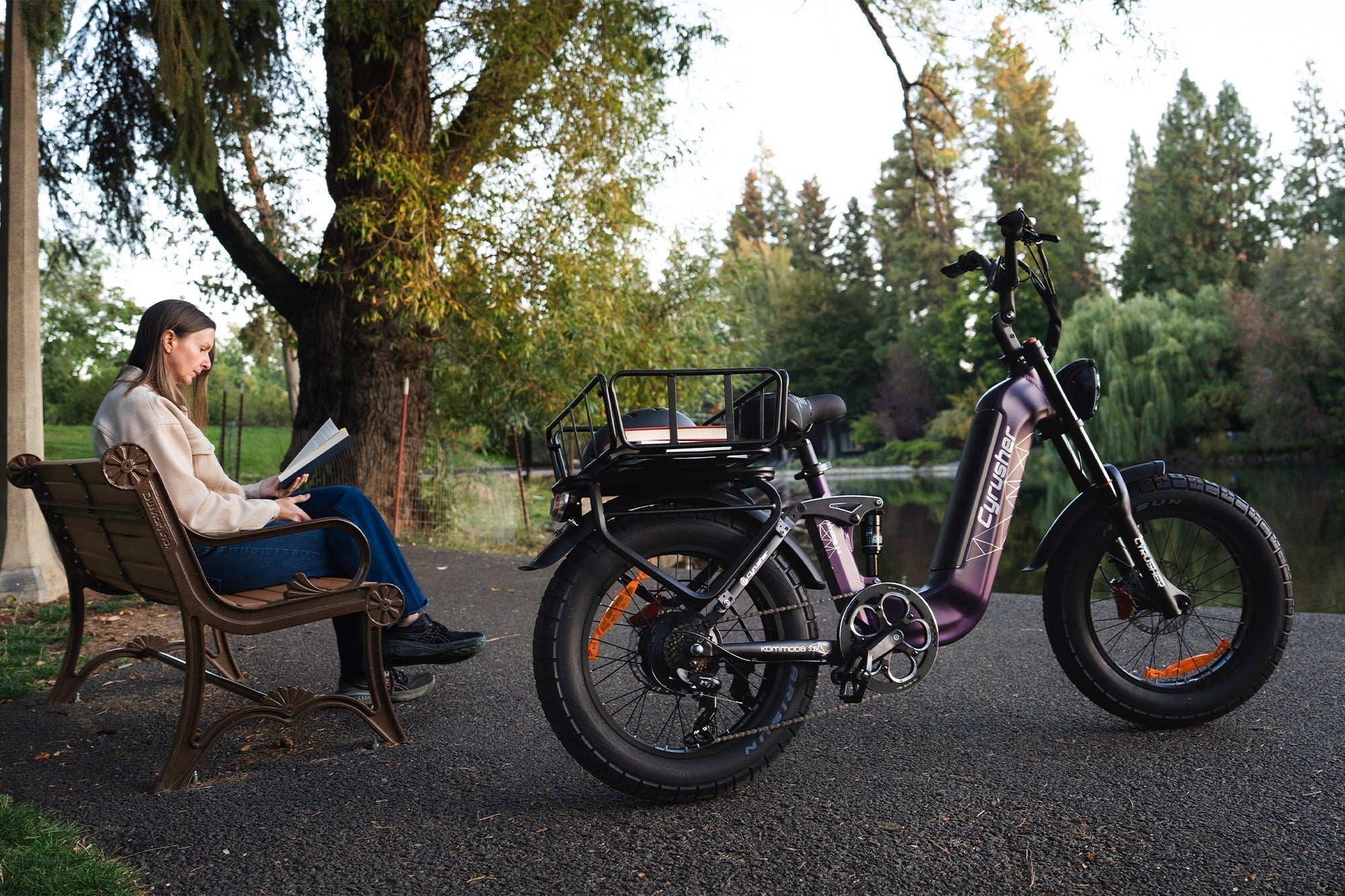
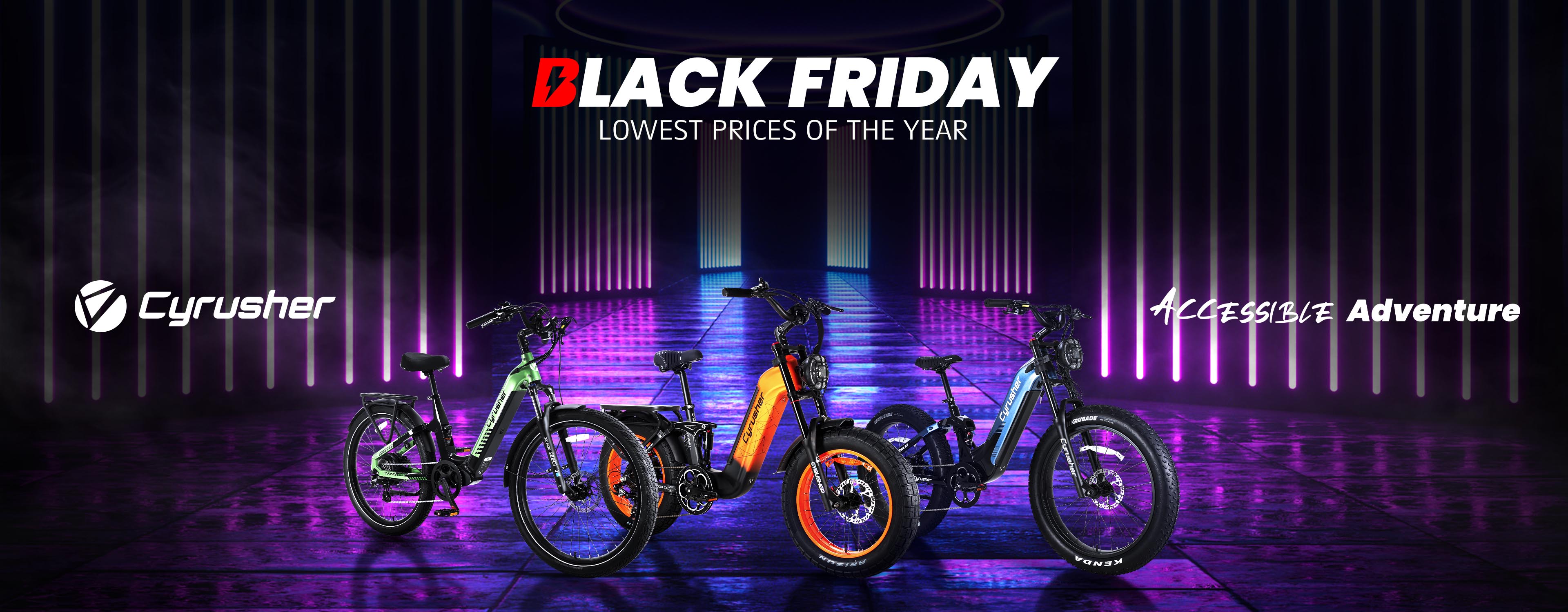
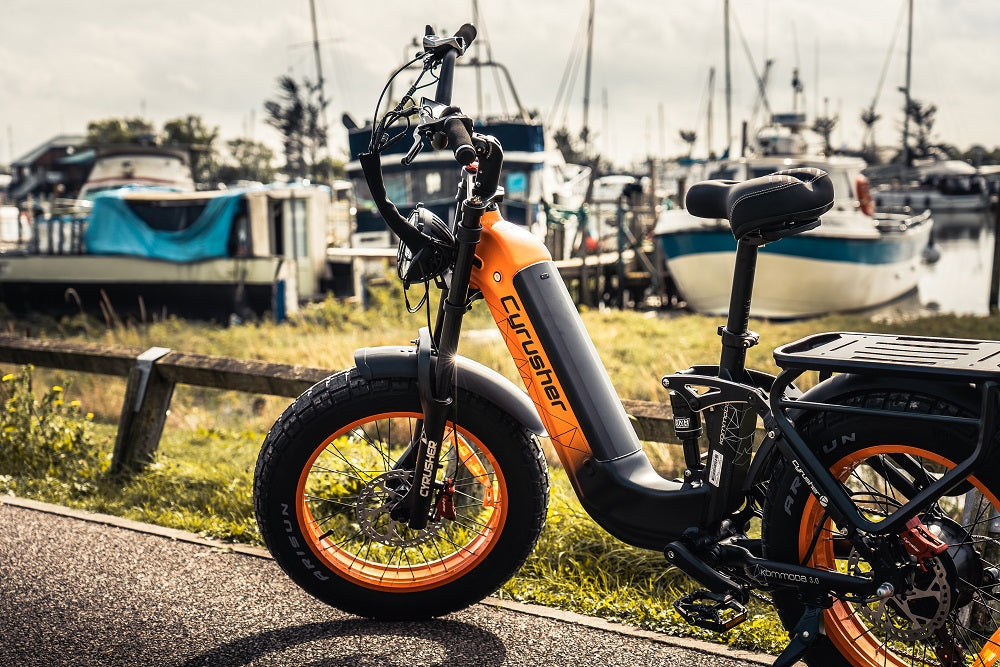
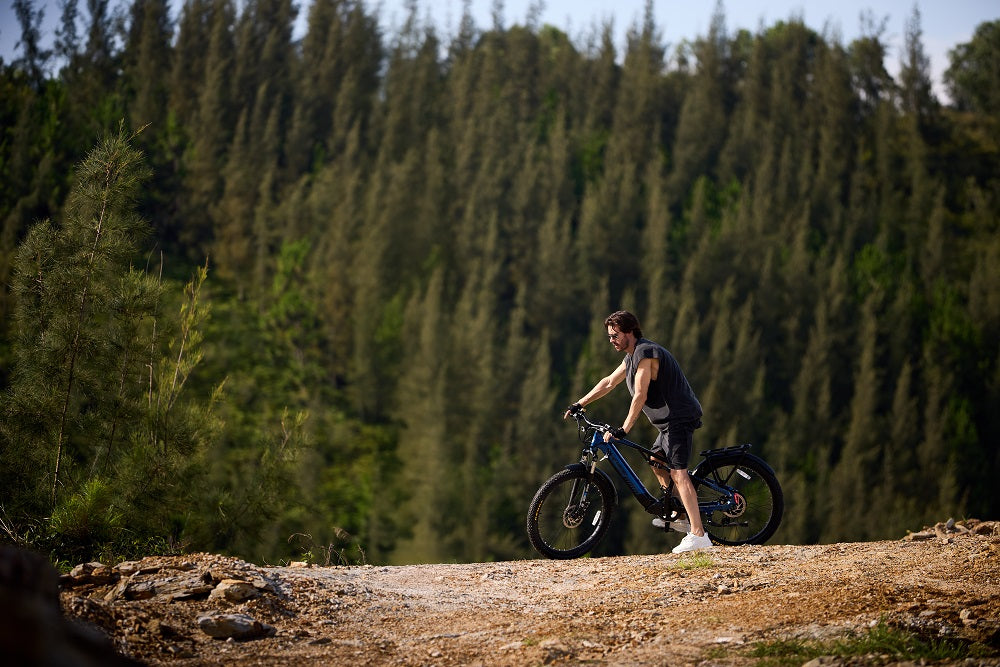
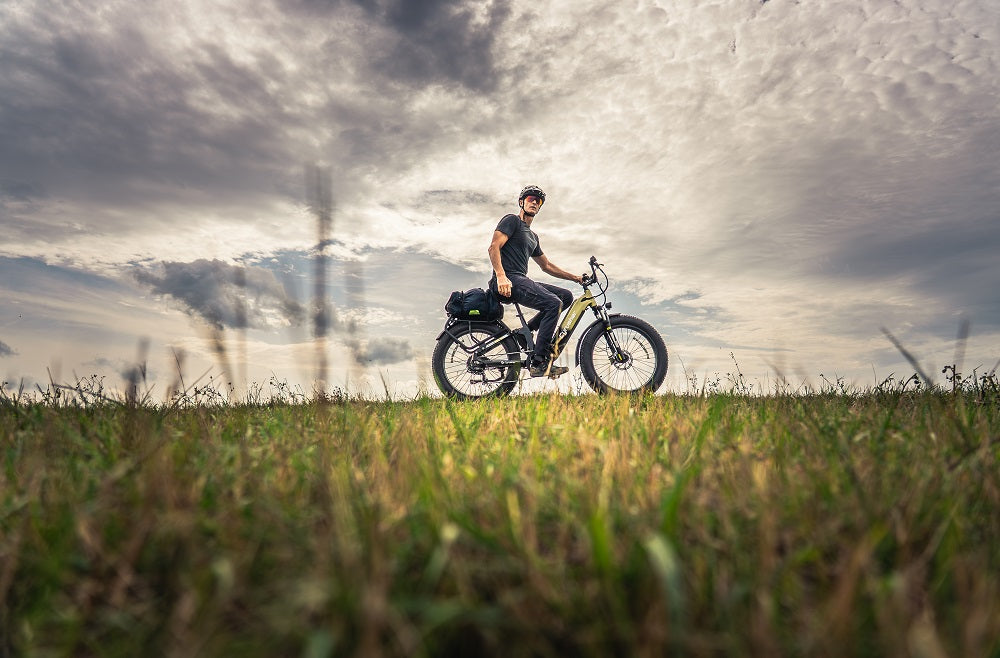
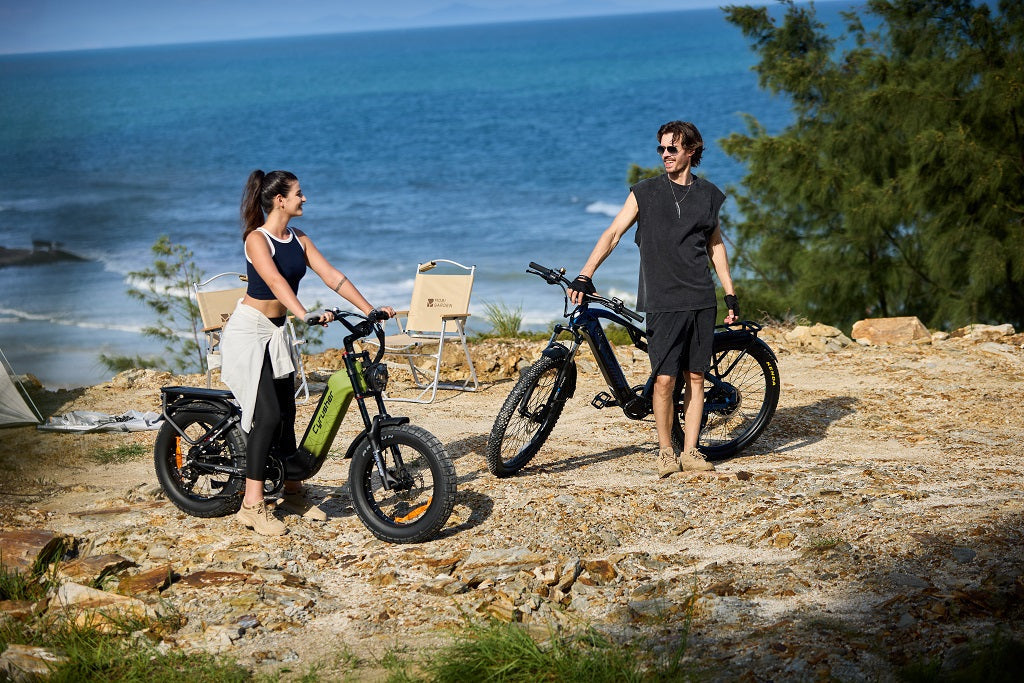
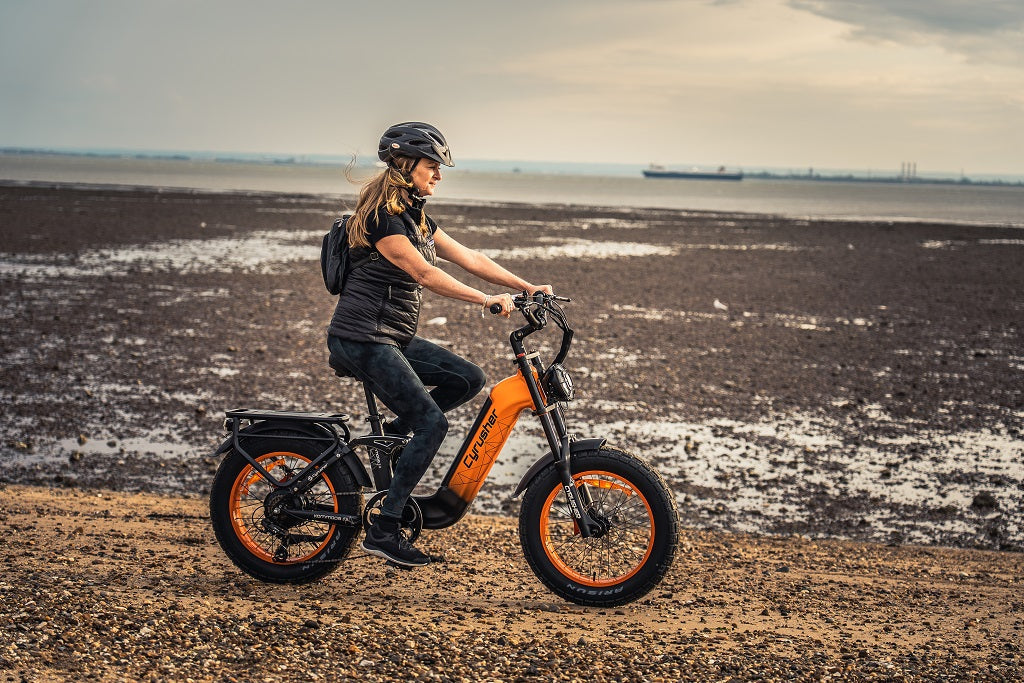
Share:
From Hesitation to Joy: How Cyrusher Trax Rekindled My Love for Riding
How to Correctly Size Your Electric Bike